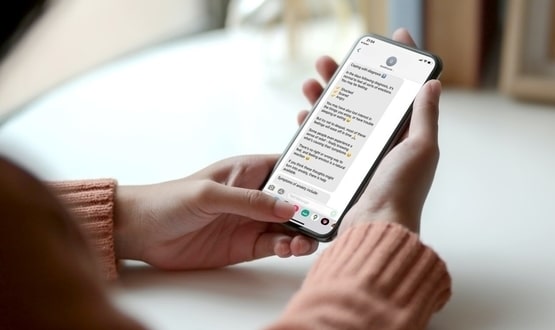Long-term monitoring under the skin
- 18 October 2005
Advances in subcutaneous sensors that will enable patients to be monitored wirelessly are reported this week by researchers in Finland.
The Wireless Research Project, part of the Academy of Finland’s Future Electronic Research Programme is developing minuscule subcutaneous sensors, which can be used to monitor, for example, the function of the heart or prosthetic joints over long periods of time.
Professor Jukka Lekkala, the project leader, said: “A subcutaneous EKG monitor will be able to detect cardiac arrhythmia, and the data for this can then be transmitted wirelessly to the physician’s mobile phone or PC.”
The researchers believe the subcutaneous sensors will provide significant advantages over more conventional methods of supercutaneous monitoring.
They say: “The biggest problem with conventional measuring systems is poor skin sensor contact. In subcutaneous measuring systems the sensor-to-body contact is more stable. Furthermore, external electrical interference of the measurement signal is reduced, which improves the measurement result.
“Health care costs are saved, when monitoring is not time and place-dependent: patients will no longer have to make an appointment with the physician for a consultation or tests. Patients under remote supervision can continue living their normal lives for a longer period of time.”
Developing the subcutaneous sensors brings its own set of problems, however. Professor Lekkala explains: “The work is extremely challenging, because the electronics have to work reliably for long periods of time under the skin, in a moist, corrosive environment, and they must not pose any health hazards, even if the protective coating were to be damaged for some reason.”
More positively, the researchers foresee that it will be possible to incorporate functional elements, such as antibiotics, into the sensor coatings.
Reducing the size of the sensors is a key issue for the researchers. They say it is now possible to manufacture sensors and electronics on a silicon chip no bigger than a fingernail. Their light weight and small size means that several of these chips can be implanted in a sizable area.



